Vintage Tribal Kilim Runner 3' 3" x 11' 8" (39" x 140")
Type:
Kilim RugsCollection:
Tribal Runners, ClearanceID:
K0077096Size:
Material:
The designs feature a rich array of symbols representing tribal culture and Anatolian motifs, often in the form of medallions, diamonds, and other geometric shapes.
The designs feature a rich array of symbols representing tribal culture and Anatolian motifs, often in the form of medallions, diamonds, and other geometric shapes. These kilim runners are ideal for hallways and narrow spaces, offering a touch of ethnic charm and artisanal quality to any interior.
Herki kilims not only serve as functional floor coverings but also as artistic expressions of tribal identity, making each rug a unique cultural artifact.
Design Elements
- Pattern: The textile features a series of geometric shapes and symmetrical motifs that repeat throughout the runner. The bold star shapes are prominent in the center and are flanked by smaller floral motifs, creating a dynamic interplay.
- Texture: This kilim runner exhibits a flatweave style, characteristic of traditional kilim rugs. The weaving technique involves interlocking threads, resulting in a smooth surface that is lightweight yet durable.
- Borders: The outer edges are typically defined by a contrasting border in a darker hue, providing a framing effect that enhances the overall visual impact of the piece.
- Symmetry: The arrangement of motifs suggests balance and harmony, often associated with cultural beliefs in prosperity and protection, which is a significant aspect in tribal designs.
Colors
- Warm Palette: The predominant colors include warm tones such as terracotta, muted reds, and soft pinks, enhancing the vintage feel of the runner. These colors evoke a sense of warmth, inviting intimacy into any space.
- Contrast: The use of contrasting colors, such as the deeper browns and creams, adds depth to the design. The contrasts between warm and cool tones help to accentuate the motifs, making them stand out.
Main Motifs and Their Symbolism
- Stars: The star motifs signify guidance and navigation, often interpreted as a source of light and hope. They represent the connection between the earthly and the spiritual realms.
- Floral Patterns: These motifs symbolize fertility and the cycle of life. Flowers in tribal textiles signify prosperity and the importance of nature in daily life.
- Geometric Shapes: Common in tribal design, shapes like rectangles and diamonds often signify stability, balance, and structure. They reflect the belief in a harmonious universe where every element is interconnected.
- Interlocking Patterns: This feature represents unity and community, emphasizing collaboration and support among the individuals of the culture from which the runner originates.
Summary
The vintage tribal kilim runner showcases rich design elements and a warm color palette that combines geometric and floral motifs. The use of stars and floral designs deeply roots this piece in cultural symbolism, reflecting themes of guidance, prosperity, and unity. The interplay of colors, textures, and patterns creates an inviting aesthetic that not only enhances interior spaces but also tells a story of tradition and craftsmanship.
- Ships in 1-4 business days
- Only one in stock, handmade, unique
- Free shipping via FedEx Express. Easy returns
- Contact us or add a note to your order if you want us to delay your shipping.
- Request more info if you want this rug shorter or narrower
Colors may appear slightly different across various monitors due to screen settings device differences, and external lighting conditions. If color accuracy is important for your space, we recommend viewing the rug on multiple devices or contacting us for a detailed color description. We can provide detailed photos and references using Sherwin-Williams, Benjamin Moore, Pantone, or even Crayola crayons.
You can also visualize most of our products in your own room with AR (augmented reality) on an iPhone or iPad.
Return Policy
Need a rug pad? We recommend RugPadUSA
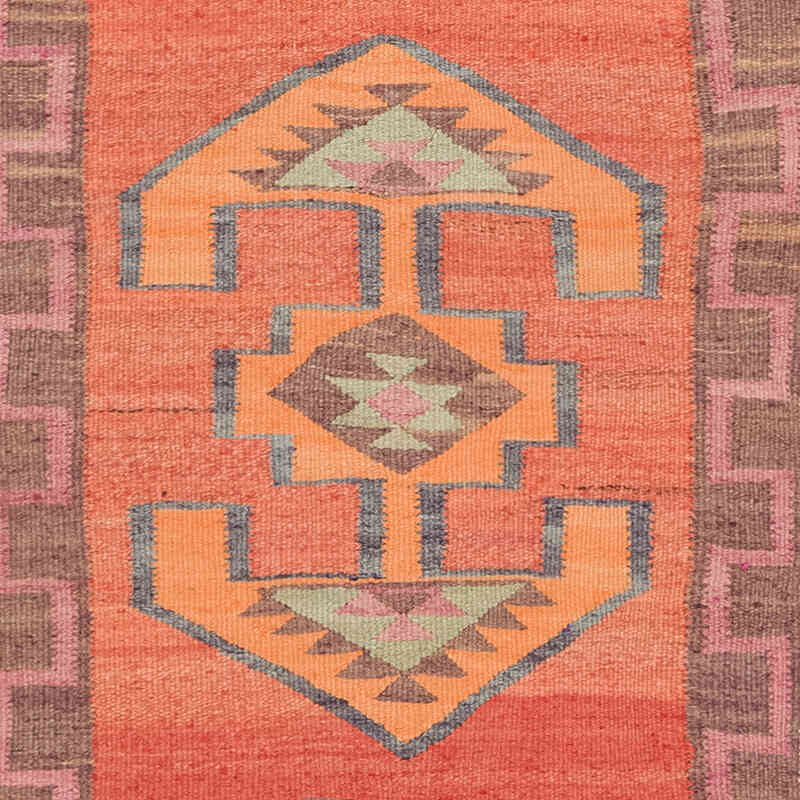
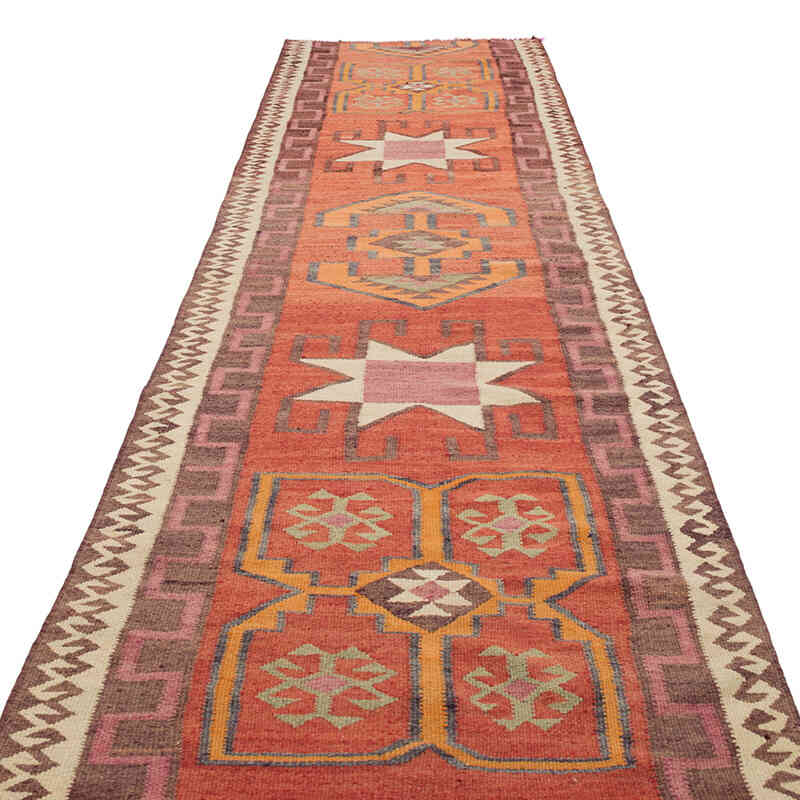
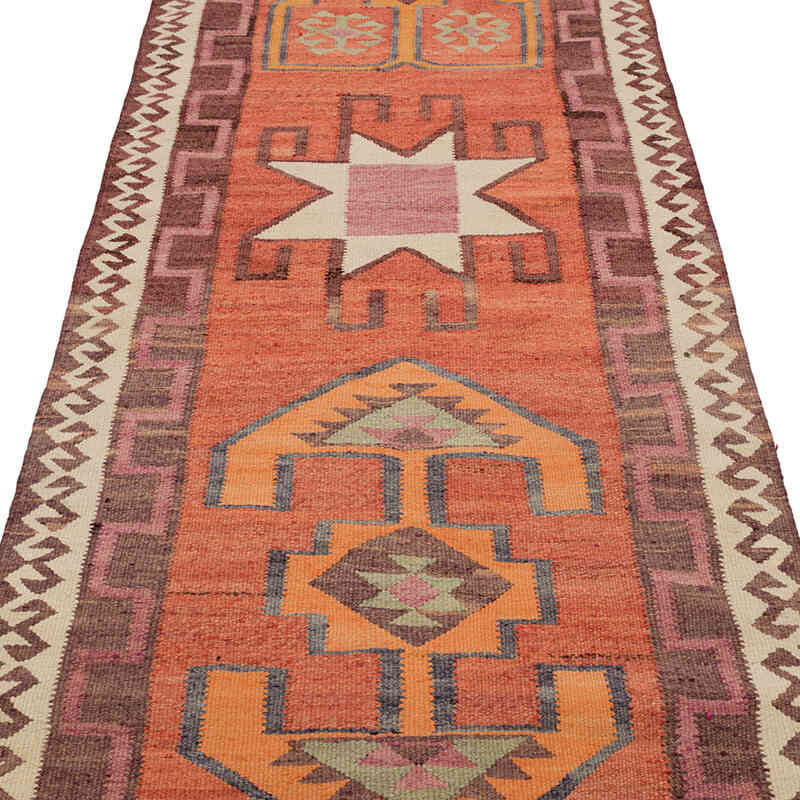
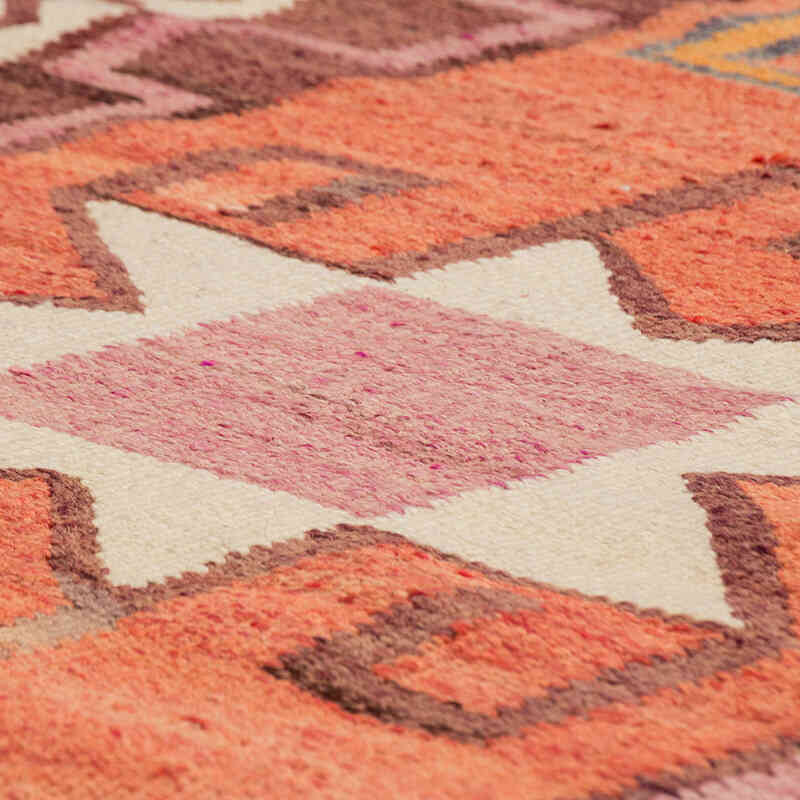
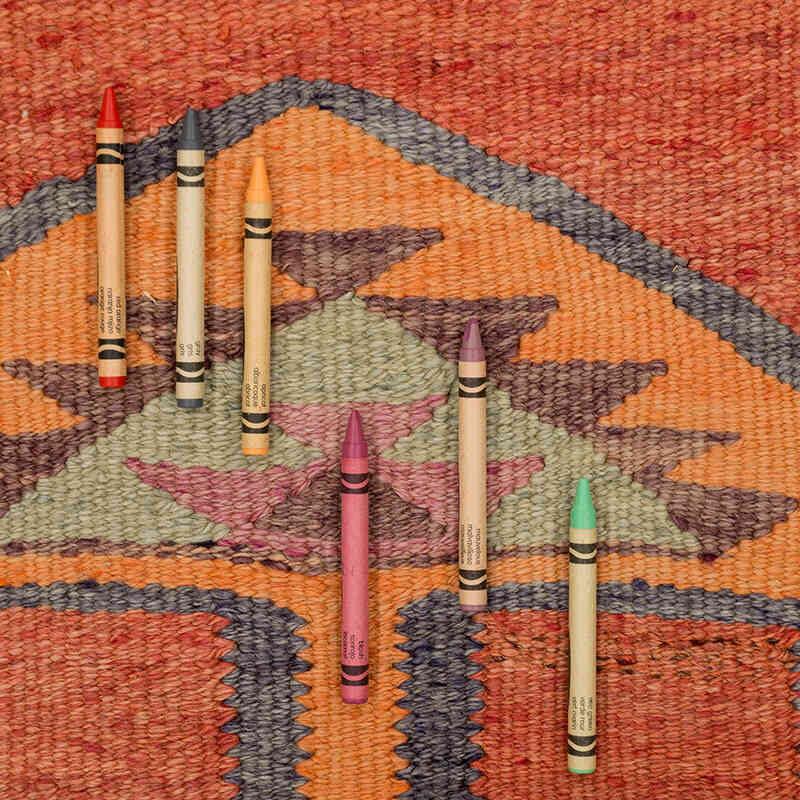

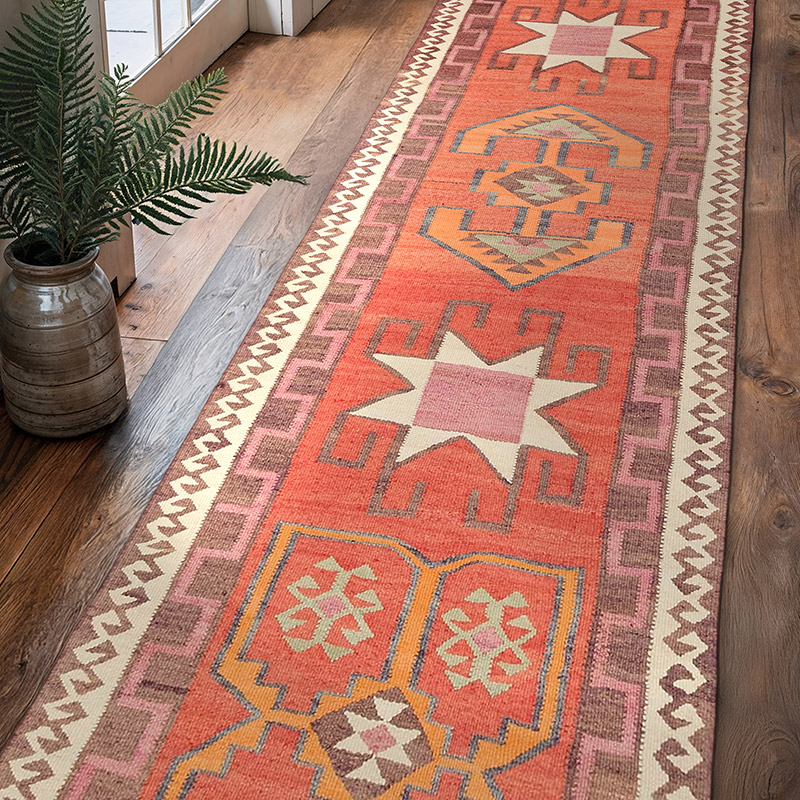



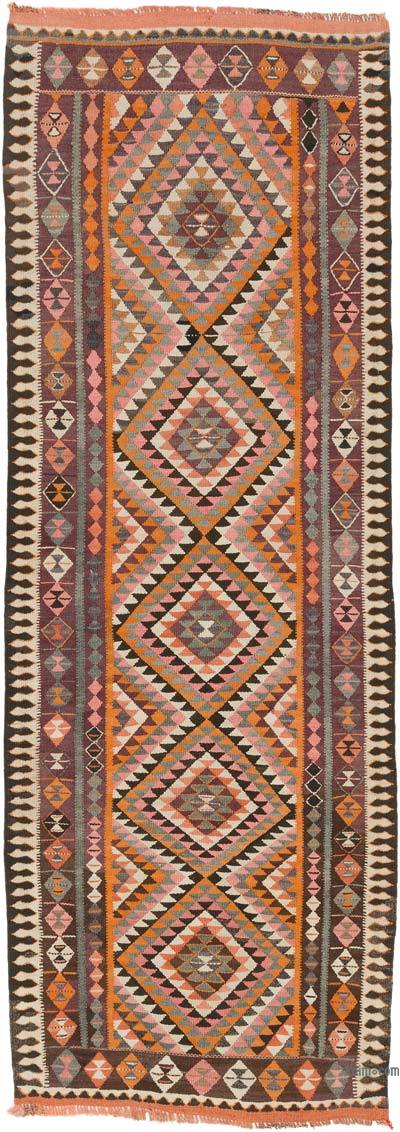







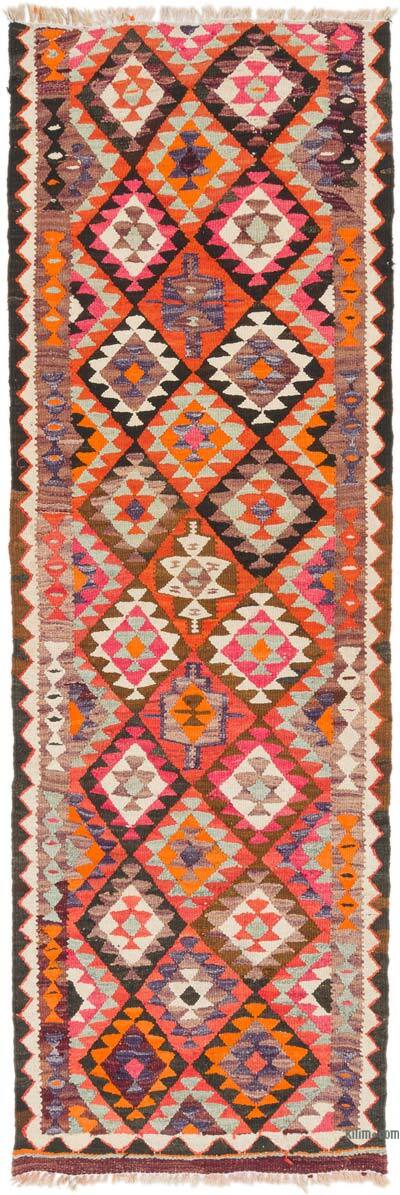




Excellent product